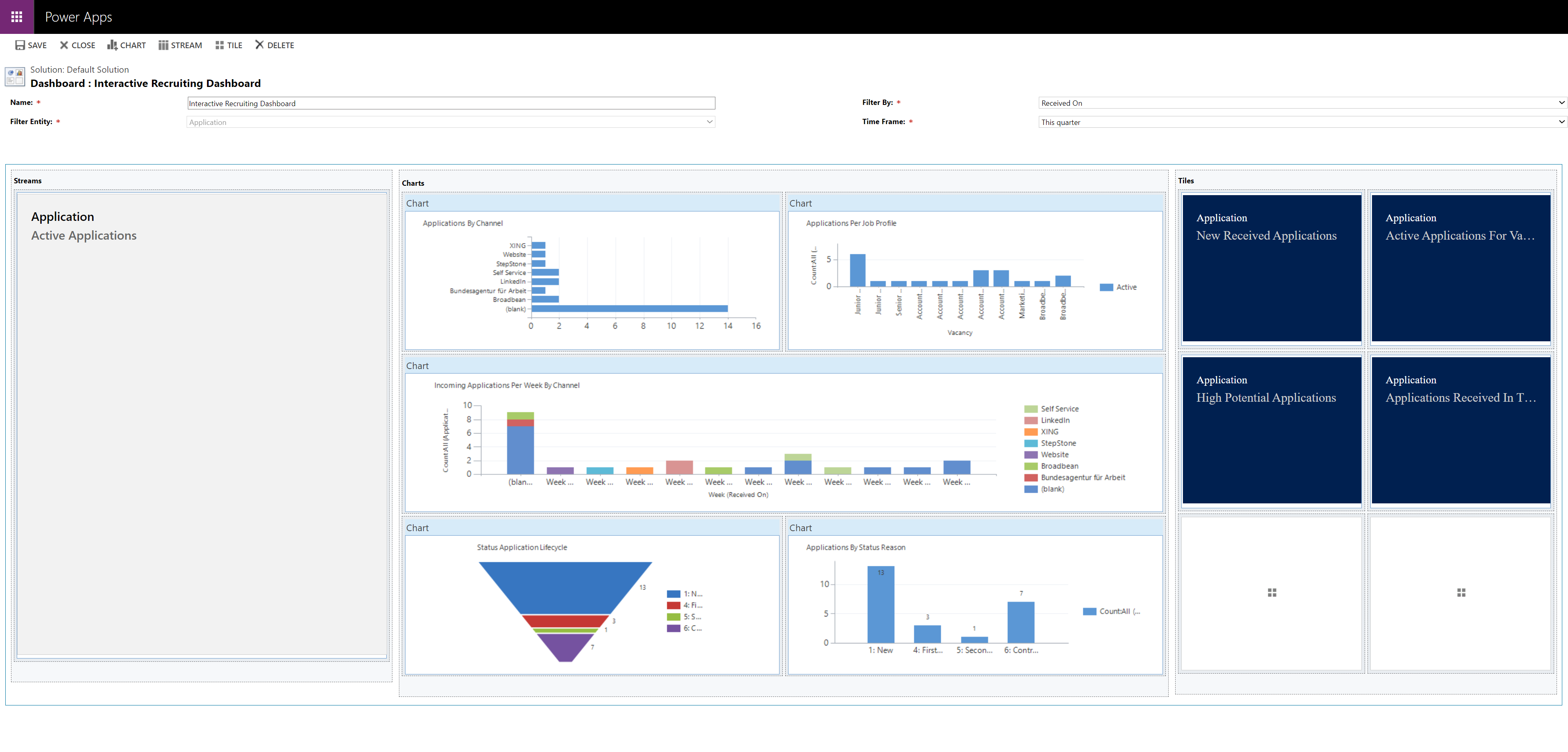The Purpose of Creating Dashboards:
Creating and customizing dashboards in Power Apps serves several key purposes:
- Data Aggregation: Dashboards aggregate data and insights from multiple sources to provide a consolidated view.
- Visual Data Presentation: Customize dashboards to visually present data, such as charts, lists, and reports, for better data analysis.
- User-Focused Insights: Dashboards are user-centric and can be tailored to different user roles, providing relevant information for their tasks.
